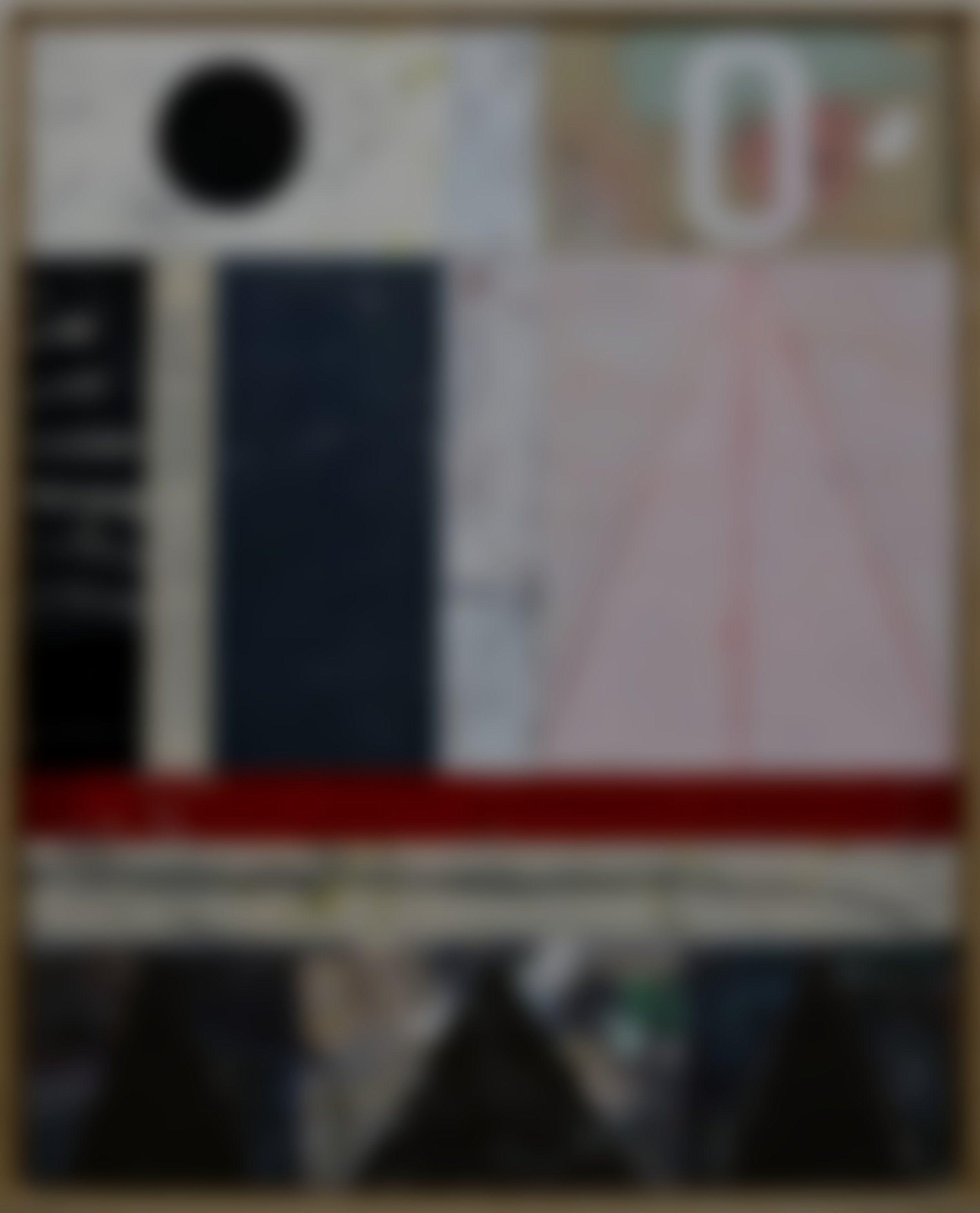
Zachariel
About this series: In Angel Heads, spliced canvases comprised of repurposed materials evidence techniques employed in Spiller + Cameron’s previous series Genesis, Gen I, and Bags. Observing this unintentional imagery in the abstract panels like Rorschach inkblots, the artists endeavored to incorporate faces, portraits, and important cultural images in their works - the artists base the titles of these works on gods and deities across cultures, seeing the abstracted faces as "guardians" over that which they purvey. As with previous series, paper bags, canvas tote bags, and swatches of paint-smeared rags is at play.
About this piece: Zachariel is the Archangel of God’s judgment and is illustriously known as the Angel of Healing. He is patron of the sacrament of marriage and his name translates to “God’s command.”
From Angel Heads
Year: 2020
Medium: Canvas, paper, cotton bed sheet, oil paint, acrylic paint, pencil, spray paint, and charcoal
Hand signed on verso
Size: 43 x 35 in (109 x 89 cm)
Frame size: 45 x 36 3/4 in (114.3 x 93.3 cm)

